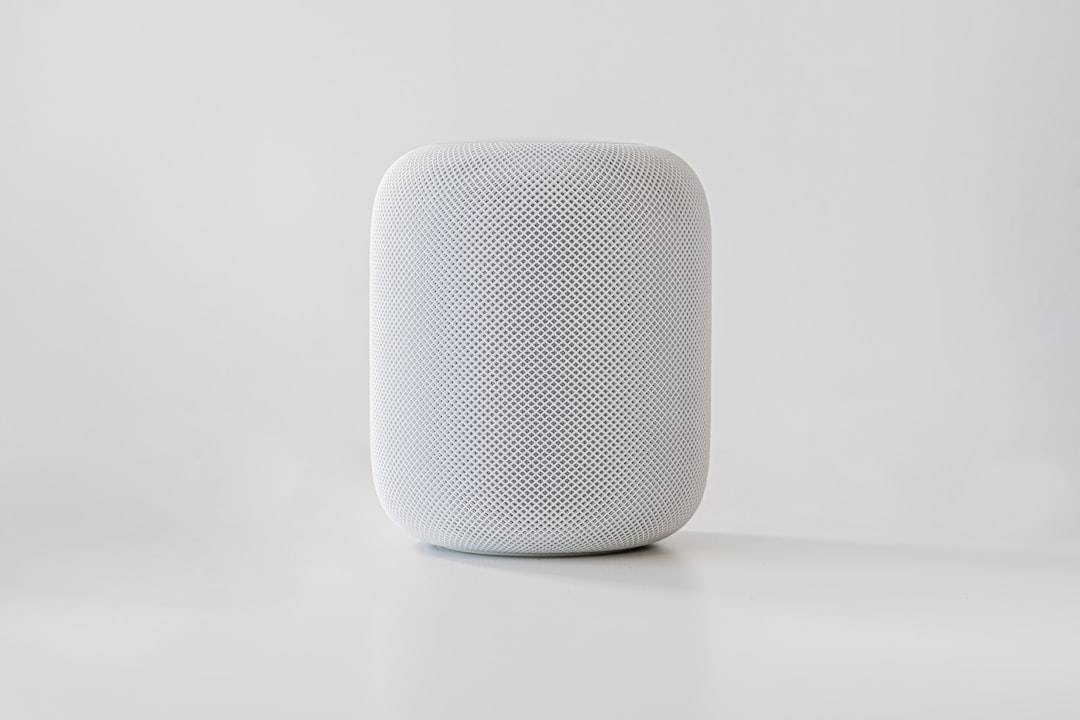Urban pollution has emerged as one of the most pressing challenges of our time, affecting not only the environment but also public health and quality of life. As cities continue to grow and industrial activities expand, the need for innovative solutions to combat pollution has never been more critical. Enter artificial intelligence (AI), a transformative technology that is reshaping how we understand and address urban pollution.
By harnessing vast amounts of data and employing sophisticated algorithms, AI-driven measures are paving the way for smarter, more sustainable cities. The integration of AI into pollution management strategies offers a multifaceted approach to tackling this complex issue. From real-time air quality monitoring to predictive analytics that inform policy decisions, AI is revolutionizing our ability to respond to environmental challenges.
As we delve deeper into the various applications of AI in urban pollution control, it becomes evident that this technology not only enhances our understanding of pollution dynamics but also empowers city planners, policymakers, and citizens to take informed actions toward a cleaner urban future.
Key Takeaways
- Introduction to AI-driven measures against urban pollution:
- AI technology is being increasingly used to combat urban pollution by analyzing data and optimizing infrastructure.
- How AI systems analyze air pollution data:
- AI systems can analyze large volumes of air pollution data from various sources to identify patterns and sources of pollution.
- Optimizing urban infrastructure to reduce pollution using AI:
- AI can help optimize urban infrastructure by identifying areas with high pollution levels and suggesting improvements to reduce emissions.
- Smart traffic control as a case study for pollution reduction:
- AI-powered traffic control systems can help reduce pollution by optimizing traffic flow and reducing congestion in urban areas.
- Implementing AI-driven waste management solutions in urban areas:
- AI can be used to optimize waste management processes, reduce landfill emissions, and improve recycling efforts in urban areas.
How AI systems analyze air pollution data
Pattern Recognition and Predictive Modeling
AI systems are adept at processing and analyzing vast datasets, making them invaluable tools in the fight against air pollution. By utilizing machine learning algorithms, these systems can identify patterns and correlations within air quality data that may not be immediately apparent to human analysts. For instance, AI can analyze historical air quality measurements alongside meteorological data, traffic patterns, and industrial activity to create predictive models that forecast pollution levels in specific areas.
Multi-Source Data Integration
This capability allows for proactive measures to be taken before pollution reaches harmful levels. Moreover, AI systems can integrate data from various sources, including satellite imagery, ground-based sensors, and social media feeds. This multi-source approach enhances the accuracy of air quality assessments and provides a comprehensive view of pollution sources and trends.
Public Sentiment Analysis and Urban Pollution Management
By employing natural language processing (NLP), AI can even analyze public sentiment regarding air quality issues, helping city officials gauge community concerns and prioritize interventions. The ability to synthesize diverse data streams into actionable insights is a game-changer in urban pollution management.
Optimizing urban infrastructure to reduce pollution using AI

Urban infrastructure plays a crucial role in determining pollution levels within cities. AI technologies are being employed to optimize various aspects of this infrastructure, leading to significant reductions in emissions and improved air quality. For example, AI can analyze traffic flow data to identify congestion hotspots and recommend infrastructure improvements such as additional lanes or traffic signal adjustments.
By alleviating traffic bottlenecks, cities can reduce vehicle emissions and enhance overall air quality. Additionally, AI-driven predictive maintenance for public transportation systems can lead to more efficient operations. By analyzing usage patterns and vehicle performance data, AI can help transit authorities schedule maintenance proactively, reducing downtime and ensuring that public transport remains a viable alternative to private vehicles.
This shift not only decreases traffic congestion but also encourages more residents to opt for greener transportation options, further contributing to pollution reduction efforts.
Smart traffic control as a case study for pollution reduction
One of the most compelling applications of AI in urban pollution management is smart traffic control systems. These systems leverage real-time data from various sources, including traffic cameras, sensors, and GPS devices, to optimize traffic flow dynamically. By adjusting traffic signals based on current conditions, smart traffic control can minimize idling times and reduce emissions from vehicles stuck in congestion.
For instance, cities like Los Angeles have implemented AI-driven traffic management systems that analyze real-time data to adjust signal timings and reroute traffic as needed. The results have been promising: reduced travel times, lower fuel consumption, and decreased greenhouse gas emissions. Furthermore, these systems can be integrated with public transportation schedules to prioritize buses and trams, encouraging their use over private vehicles.
This holistic approach not only improves air quality but also enhances the overall efficiency of urban transportation networks.
Implementing AI-driven waste management solutions in urban areas
Waste management is another critical area where AI is making significant strides in reducing urban pollution. Traditional waste collection methods often lead to inefficiencies and increased emissions due to unnecessary trips and overflowing bins. However, AI-driven waste management solutions are transforming this landscape by optimizing collection routes and schedules based on real-time data.
By utilizing sensors placed in waste bins, cities can monitor fill levels and determine the optimal time for collection. This data-driven approach minimizes unnecessary pickups while ensuring that bins are emptied before they overflow. Additionally, machine learning algorithms can analyze waste composition data to improve recycling rates by identifying which materials are most commonly disposed of incorrectly.
This targeted approach not only reduces landfill waste but also promotes a circular economy where materials are reused rather than discarded.
The role of AI in monitoring and controlling industrial emissions

Enhancing Emissions Tracking with AI
AI technologies are being deployed to enhance the accuracy of emissions tracking and compliance with environmental regulations. By integrating IoT sensors with AI analytics, industries can continuously monitor their emissions in real-time, allowing for immediate corrective actions if levels exceed permissible limits.
Predictive Analytics for Proactive Emission Control
Moreover, predictive analytics powered by AI can help industries identify potential emission spikes before they occur. By analyzing historical data alongside operational parameters, these systems can forecast when emissions are likely to rise due to changes in production processes or equipment malfunctions.
Reducing Environmental Impact through Proactive Strategies
This proactive approach enables companies to implement mitigation strategies in advance, reducing their environmental impact while maintaining compliance with regulations.
AI-powered green spaces and urban planning for pollution reduction
The design and maintenance of green spaces within urban environments play a vital role in mitigating pollution levels. AI is increasingly being utilized in urban planning to optimize the placement and maintenance of parks, gardens, and other green areas. By analyzing factors such as population density, existing vegetation cover, and air quality data, AI can help city planners identify locations where new green spaces would be most beneficial for reducing pollution.
Furthermore, AI can assist in managing these green spaces more effectively by predicting plant growth patterns and maintenance needs based on environmental conditions.
The integration of green spaces into urban planning not only enhances aesthetic appeal but also contributes significantly to improved air quality by absorbing pollutants and providing shade.
the potential of AI in combating urban pollution
As cities grapple with the challenges posed by urban pollution, the potential of AI-driven solutions becomes increasingly apparent. From real-time air quality monitoring to optimizing infrastructure and waste management systems, AI is revolutionizing how we approach environmental issues in urban settings. The ability to analyze vast datasets and generate actionable insights empowers city officials and residents alike to make informed decisions that lead to cleaner air and healthier communities.
While the journey toward sustainable urban environments is ongoing, the advancements made possible by AI offer hope for a future where cities can thrive without compromising air quality or public health. As technology continues to evolve, it is essential for stakeholders—governments, businesses, and citizens—to collaborate in harnessing the full potential of AI in combating urban pollution. Together, we can create smarter cities that prioritize sustainability and well-being for all their inhabitants.
Ein interessanter Aspekt der KI-gesteuerten Maßnahmen gegen urbane Verschmutzung ist die intelligente Verkehrssteuerung, die dazu beiträgt, die Luftqualität in Städten zu verbessern. KI-Systeme können Luftverschmutzungsdaten analysieren und städtische Infrastrukturen optimieren, um die Verschmutzung zu reduzieren. In diesem Zusammenhang könnte der Artikel über die Herausforderungen und Chancen im Metaversum, insbesondere in Bezug auf Datenschutz und Sicherheitsbedenken, aufschlussreiche Perspektiven bieten, da er die Schnittstelle zwischen digitalen und physischen Umgebungen beleuchtet. Weitere Informationen finden Sie in diesem Artikel: Herausforderungen und Chancen im Metaversum.
FAQs
What is urban pollution and why is it a concern?
Urban pollution refers to the contamination of the environment in urban areas, primarily due to human activities such as industrialization, transportation, and waste disposal. It is a concern because it can have detrimental effects on human health, the environment, and the economy.
How can AI systems help in combating urban pollution?
AI systems can help combat urban pollution by analyzing large amounts of data related to air quality, traffic patterns, and other environmental factors. This analysis can then be used to optimize urban infrastructure, such as traffic flow and energy usage, to reduce pollution levels.
What are some specific applications of AI in reducing urban pollution?
Some specific applications of AI in reducing urban pollution include intelligent traffic control systems that can optimize traffic flow to reduce emissions, smart energy management systems that can reduce energy consumption in buildings, and predictive models for air quality that can help city planners make informed decisions.
What are the potential benefits of using AI to combat urban pollution?
The potential benefits of using AI to combat urban pollution include improved air quality, reduced health risks for urban residents, lower greenhouse gas emissions, and more efficient use of resources such as energy and transportation infrastructure.
Are there any potential drawbacks or limitations to using AI in this context?
Some potential drawbacks or limitations of using AI to combat urban pollution include the need for accurate and reliable data, potential privacy concerns related to the collection of data, and the initial cost of implementing AI systems. Additionally, AI systems are only as effective as the algorithms and data they are based on, so there is a risk of bias or inaccuracies in the analysis.











Leave a Reply